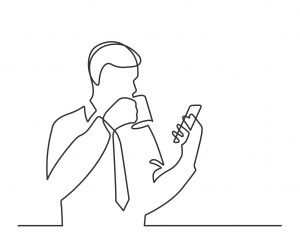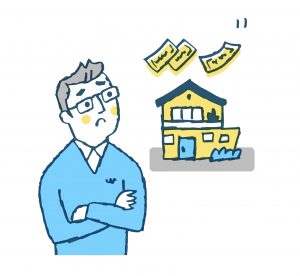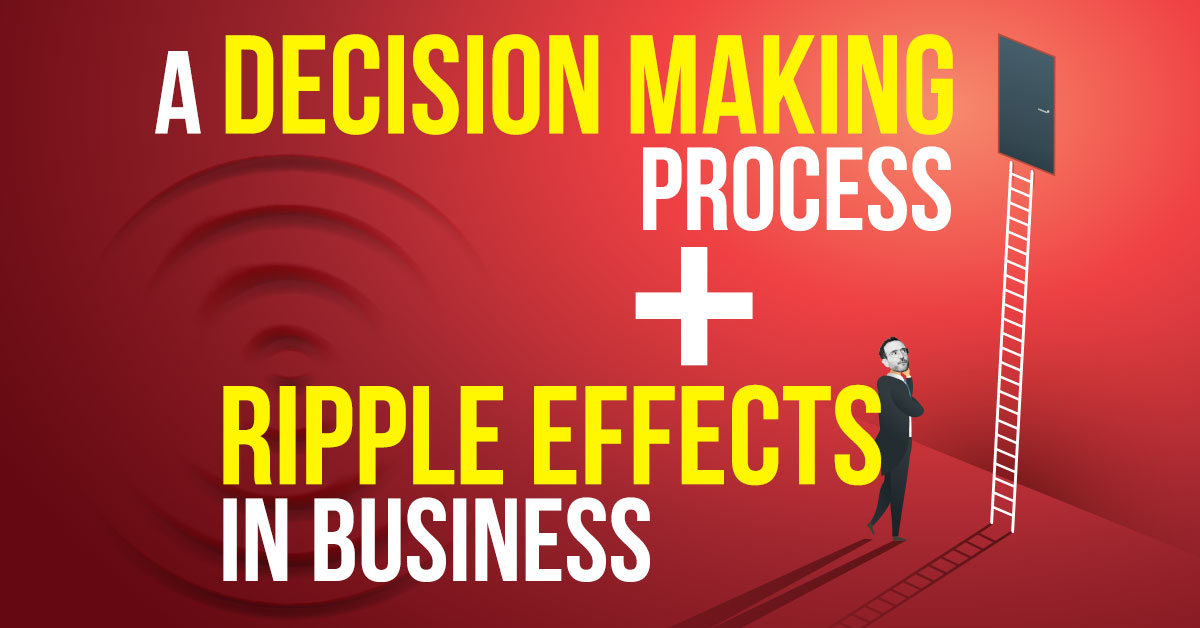
I was searching through my Evernote and found an old note I’d created titled: “HLH: Our 3 Major Roadblocks.”
This would have been written in October of 2015, when I had just recently left Lion’s Publishing and created a supplement company on my own.
The three roadblocks I had written down were:

1. Fulfillment
2. Inventory
3. MIDs
And it makes a lot of sense that these were my roadblocks, because when you are a total NOOB starting out in the supplement space, you don’t know a whole lot about that stuff.
So anyways, what I find fascinating is the process I used to evaluate these problems.
It was a series of questions I asked myself:

– What is The Problem?
– What Is The Expected Duration of the Problem? (How Long Do I think This Issue Will Last)
– What Are The Details Behind This Problem?
– What Is My Desired Outcome (How Does It Look Once This Problem Has Been Solved?)
– What Steps Are Required To Get To That Desired Outcome?
I’ll show you guys an example. This is straight copy-and-pasted from my Evernote…
———
What:
Fulfillment
Expected Duration of Problem:
Short Term
Nature of Problem:
Right now, we have more outstanding orders and are going to be semi-fucked. We have the inventory 
to fulfill outstanding orders and it should be at their facility. However, we are not integrated with their API. So orders are not going out. I need to talk to them tomorrow about what it's going to take to get the ball rolling on fulfillment.
Desired Outcome:
Short-Term

– All outstanding orders for HL12 are shipped out immediately. All additional orders coming in between now and 10/20 are shipped out by Complemar next business day.
– These outstanding orders (through 10-5) are fulfilled by Thursday.
Long-Term
Fulfillment receives orders almost instantaneously and picks, packs, and ships them same day. Customer's get their orders within 5 business days max.
What Steps Are Required To Get Desired Outcome?:

Short-Term
Phone call with Georgia and her team tomorrow. Assessing current situation and expressing my priorities.
Based on that – realistic timeframe of when this stuff will get shipped.
Setting expectations for future orders upcoming.
The orders being labeled, picked, packed, sent.
———
I applied this same process to inventory and MIDs too.
And, here’s the most interesting part…

After I’d applied this criteria to each of my 3 problems, I ended up making a bigger decision. I decided to pause traffic to my offer for three weeks.
The reason why is that I wanted to take a breath and catch up on Inventory, get Fulfillment straightened out, and get Merchant Processing Applications submitted.
I may not have made that decision if I hadn’t first evaluated each of my three problems in earnest…
Because leading up to that decision, I’d been testing HL12 on some Agora lists and I was getting a
Ultimately though, that decision to pause was one of the best decisions I ever made in my life.

It ended up lasting 8 weeks, instead of 3 weeks…
Yet those 8 weeks laid a lot of the foundation for my eventual success with HLH, (scaling it to $23MM in revenue in a single year)…
And it is still having ripple effects in my life today.
Shortly after I paused…
– Stripe kicked me off their platform (turns out they didn’t like aggressive supplement offers) and ended up holding close to $100,000 of money for 4 months. Had I not paused prior to this, I would have found myself in a major cashflow crunch that would have threatened to sink my business before I’d even gotten off the ground.

– Integrations with fulfillment that should have been easy weren’t happening. I ended up realizing that the in-house developer I’d hired wasn’t the right fit. He’d been trying to build a custom CRM from scratch (HORRIBLE IDEA for a noob business like mine btw), and it was a disaster. Rather than lose tons of money, I was able to find a new developer, tell him to use Out-of-the-Box solutions, and build a working backend + frontend funnel. We still use this architecture 4 years later.
– I didn’t have in-house customer service at the time, just me, and I realized that needed to change. So, during this period I hired two customer service agents and one customer service manager. Those would be the seeds of what would eventually turn into the third-party Call Center that I own called Turtle Peak. Today TP employs over 50 individuals and grosses several million dollars per year in annual revenue. Ripple effects baby!
– One of the customer service agents I hired was Milai Peralta. Today she runs my Affiliate Network + she project manages all of our funnel builds + she assists in inventory and fulfillment logistics. She’s brilliant and invaluable to our team.

– The CS Manager I hired was Blake Hartshorn. Today he does client services and business dev. In the last two years Blake has brought me over $1MM in new creative projects.
– In order to complete the MID Applications, I needed an office. Since I was incorporated in Nevada, I decided to find an office in Las Vegas. I started with a Regus Virtual Office. When I spoke to a Regus Sales Rep, I found out they had tons of locations in LV. I had no idea which office to pick, so 
I asked the Rep for his opinion. He told me Summerlin was a nice area. So I picked a Regus in that location. I’d never been in Summerlin before, but when I went to visit it for the first time, I fell in love with the area.
Today I have about 10,000 square feet of office space in Summerlin. On top of that, my family and I live in Summerlin full time. And we love it here. It’s crazy to think that if the Sales Rep I’d talked to had suggested a different part of town, it’s possible none of that would be the case.
———
Part of me feels self-conscious as I write this post, because it’s kind of personal. Maybe people won’t find it interesting? Maybe it’s self-indulgent? I don’t know.
But I’m committed to posting here as often as possible. And I have to believe that others will find value and inspiration in the experiences that I share.
So with that being said, here are my big takeaways from what I’ve just written:
1) The decision-making process is just as important as the decision itself. Having criteria for evaluating problems and challenges in your business is key. It’s important that this criterion forces you to define what your desired outcome is, then write the specific steps that will get you there.
2) It’s a reminder of one of the maxims I live by, which is: In business, there are no crises. Instead, there are simply challenges that need to be solved. These challenges become increasingly complex as you continue to “level up.” But there is almost always a solution, you just have to find it.
3) Sometimes you have to slow-down to go fast.
Cliché? Sure.
True? Definitely.
4. It’s important to not lose sight of the bigger picture. Sometimes we’re so wrapped up in the day-to-day or the week-to-week, that we forget that all of our actions right now will have ripple effects. Long-term consequences. Change is a constant and an inevitability. So, when making decisions, think both about the immediate consequences, but also the long-term ones.
P.S. This post originally came from an email I sent to my private list. If you want to see more stuff like this from me, you can apply to join my list using this link.


0 Comments